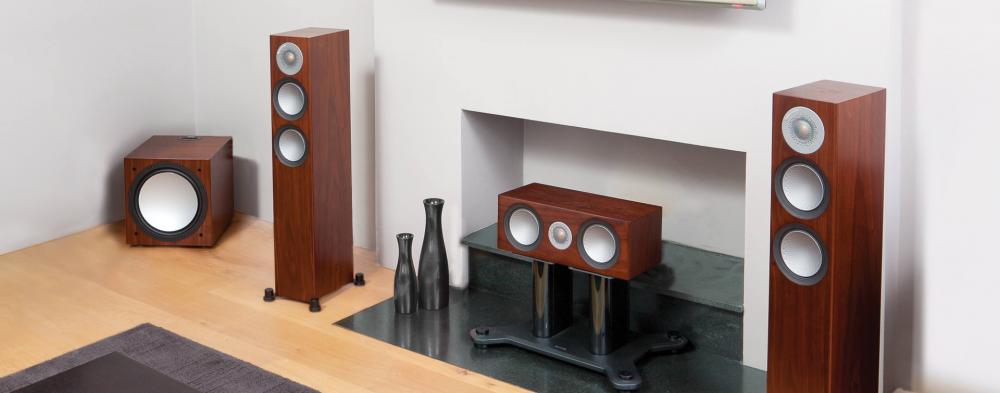Setting up your home cinema with Dolby Atmos
Setting up your home cinema with Dolby Atmos


Setting up your home cinema system, and getting it right, is as much concerned with the work you do before you get it as that you do after. The sound of a movie is as equally important as the visual at truly immersing yourself in the home cinema experience.
Different Speaker Configurations
Audio accounts for 50% of the cinema experience, and a surround sound system can create a complete audio environment around you. Traditionally there were 2 common configurations for home cinema setups based on channels.
5.1-channel system
A 5.1-channel system gave a full surround sound experience. Most DVD and Blu-ray™ media, broadcast TV, and many streaming sources are in 5.1-channel format.
7.1 channel system
Going to 7.1 channels improved the directionality of sound effects and added to the audio ambience of 3D. Some Blu-ray Disc™ and premium streaming sources feature 7.1.
And then came Dolby Atmos.
What is Dolby Atmos?
Atmos is a surround-sound technology that was originally developed in 2012. It expands upon the traditional 5.1 and 7.1 surround-sound set-ups with surround channels coming from overhead.
For many years home cinema speakers have been placed along walls and even behind the screen itself, but the crucial point about Atmos is that you can place speakers in the ceiling, enveloping the audience in a dome of sound.
A Dolby Atmos system allows sound mixers to precisely place sounds and voices at exact points in the sound field rather than just to specific channels. Each speaker in an Atmos system has its discrete feed, enabling new front-, surround- and ceiling-mounted height channels.
What will you need?
- An A/V Receiver Capable of Processing the Dolby Atmos Format.
- In-ceiling speakers, ceiling-mounted speakers or add-on speaker modules
- An Atmos capable media player. (Blu-ray Player, Apple TV+ etc)
Dolby Atmos Speaker Placement and Set-Up
Once you’ve got all the kit, the last thing you’ll need to know is how to set up your speakers for Dolby Atmos. Doing so is a fairly straightforward process: Simply set up your 5.1 or 7.1 with front-width speakers as usual, and then add your Atmos speakers. You can use as few as two ceiling speakers to complete your system.
Two Ceiling Speakers: Place one speaker on either side, slightly in front of and wider than the main listening area. Vertically, the speakers should form a 65-degree angle from a horizon line in front of you, with a completely vertical placement being 90 degrees above your ears when seated in your listening position.
Four Ceiling Speakers: Place one speaker on either side, slightly in front of and wider than the main listening area. Do the same for the other pair, only place them slightly behind your main seated position. The front ceiling speakers should form a 45-degree angle from a horizon line in front of you, and the rear ceiling pair should form a 135-degree angle with the horizon line behind you. Again, a completely vertical placement would be 90 degrees above your ears when seated in your listening position.
Our suggestion
You will find a large range of Monitor Audio speakers and subwoofers on our website. You can select individual items and create a bespoke system or we do also offer a great pre-selected system in our Dolby Atmos 5.1.2 In Wall & Ceiling Speaker Package.
This system comprises the following speakers:
2 x Monitor Audio W265 - Front L/R In Wall
1 x Monitor Audio W265 - Centre In Wall
2 x Monitor Audio C265 - Rear L/R In Ceiling
1 x Monitor Audio MRW-10 Subwoofer
2 x Monitor Audio C265 - Middle L/R Ceiling
If you have any questions regarding a surround sound system please do get in touch our team will be on hand to help.
Contact Us
Contact us today to speak to one of our specialists for unbiased expert advice. Our team can help you plan, choose and design your products to create the Dolby Atmos experience. Call us on 01952 898 533 or complete our contact form below.

 USD $
USD $ GBP £
GBP £